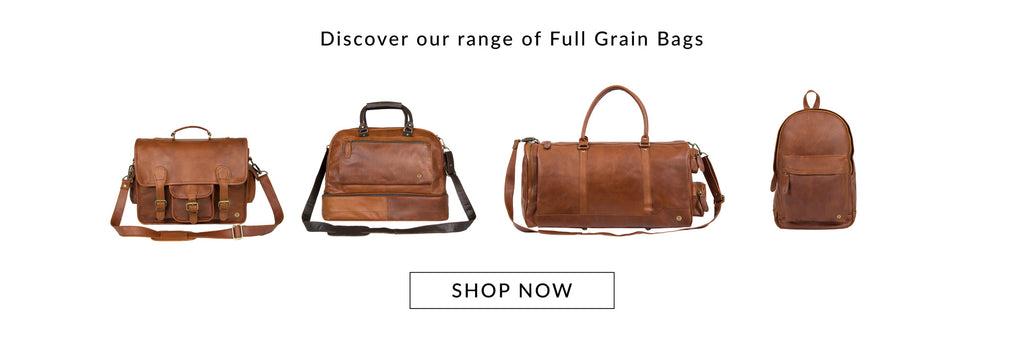Why people use leather products?
There are many reasons to avoid leather, but the biggest one is the environmental impact of the industry. Animal agriculture is extremely destructive to the environment, contributing to high methane and carbon emissions, as well as the destruction of rainforests and fossil fuels. In addition, leather production uses large amounts of water and energy. A single chrome tanning facility can waste up to 15,000 gallons of water and produce over 2,200 pounds of solid waste each day.

The meat industry produces most of the leather used for clothes and other products. Grommet’s Leather Craft. Because leather is a byproduct of the meat industry, ranchers will sell it if they have an excess. However, they do not want to waste animal parts. This wasteful process involves burning the leather, causing pollution and harm to the environment. Additionally, the production of leather accessories contributes to animal suffering, greenhouse gas emissions, and deforestation.
How does leather industry impact environment?
Cows are incredibly intelligent and feel pain just like humans. They also mourn the deaths of their friends. While cows used for leather production are highly intelligent, they are often kept in close quarters with their families, and they endure great cruelty during their short lives. Cows are often castrated and branded with hot irons. The leather industry is a global industry with a huge environmental impact and ethical concerns. So how do we make leather products without endangering animals?
Unlike synthetic materials, leather can be easily repaired and can last a very long time. The quality of leather also improves over time, and you can use it for virtually any type of product you can imagine. It’s also easy to clean and maintain. It is extremely durable, making it perfect for any occasion. So if you’re thinking about buying some leather products, consider all of the benefits and make sure you make the right decision for your budget.
What are the benefits of using leather in luxury fashion?
Fashion is another major reason to use leather. Many designers recommend leather accessories to make people look more powerful and influential. Fashionable leather accessories make products look contemporary and fashionable. And there’s no better material for creating a fashion statement than leather. From handbags to bags, leather accessories are versatile and go with any outfit. Not only do they look stylish, but they also last a long time. And leather products are collectible. They’re also a must-have for any woman’s wardrobe.
Animals suffer a lot before they become leather. Some animals are killed for the skin of a single shoe. https://grommetsleathercraft.com/product-category/archery-gear/ And it’s not uncommon to find leather products made from dogs and cats – even if the leather labels don’t say it. In fact, there are some leather products made in China using hides of dogs and cats. You probably don’t even know that the hides came from these animals – that’s why you shouldn’t use these products if you can avoid it.
To produce leather products, skins are traded around the world. From Ethiopia to Brazil, hides are harvested and processed into buttery leather. Nearly half of the leather industry’s global trade takes place in developing countries like Vietnam, Cambodia, and Ethiopia. These countries suffer the effects of pollution, exploitation of animals, and the waste from unregulated tanneries. The environment benefits from the increased demand for leather goods, but there are other reasons too.
What Things Are Made of Leather?
If you’re wondering, “What’s made of leather?” you’ve come to the right place. Learn about the many ways it’s used. Read this tips to Leather Crafting. From furniture to weapons, leather has many uses. Here are a few of them. Leather is also used to make saddles and jackets. But what about other things made of leather? Here are a few ideas. You may be surprised by some of the items you’ll find in the wild!
There are several methods for creating leather art. One of the easiest ways is by hand-carving. You can even use a steel mitten gauntlet as a form. If the shape you want is not available, you can use common household items as forms. For example, a finger piece S needs to curve down everywhere except along cc, so you can mold it into the bottom of a shallow bowl.
The leather must be soft and stretchy. It needs to be treated gently, so it will hold its shape. Once you are satisfied with the shape, remove the leather from the form and allow it to completely dry. It will then be hardened, but it will not be completely dry. To avoid this problem, you should allow the leather to dry thoroughly. If you have made leather jewelry, you can use a soaking method to stretch it.
